Fujifilm FinePix F70EXR Review
Fujifilm FinePix F70EXR
Fuji throws its hat in the long-zoom compact ring
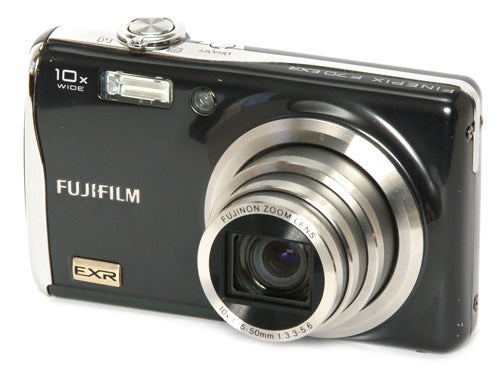
Verdict
Pros
- Fast and accurate autofocus
- Versatile
- Superb pictures
Cons
- Expensive
- Slight barrel distortion
- Lacks custom menu option
Key Specifications
- Review Price: £280.00
- 10-megapixel sensor
- 2.7-inch 230k LCD monitor
- 10x zoom lens
- 99.3 x 58.9 x 22.7mm
- Records video at 640 x 480 and 30fps
Without a doubt the most popular new format for digital cameras over the past couple of years has been the long-zoom compact camera, and especially those with wide-angle lenses. Ricoh started the trend, as it has with many others, back in 2005 with the launch of the Caplio R1V. It took the other manufacturers a while to catch up, but now almost all of the major brands have added long zoom compact models to their line-ups.
The benchmark for the type is of course the Panasonic Lumix TZ7 (£250), but there are plenty of others to choose from. Naturally Ricoh is still in the market with its superb CX2 (£260), Canon has the PowerShot SX200 IS (£230), Casio has the Exilim EX-H10 (£200), Olympus has its mju 9000 (£240), Samsung has recently launched the WB550 (£225), Sony weighs in with the Cyber-shot DSC-H20 (£200, review coming soon) and even Kodak has got in on the market with its EasyShare Z950 (£200). Nikon is lagging behind a bit with the 7x zoom CoolPix S630 (£210), and Pentax, having dipped its toe in the water with the Optio Z10 back in 2007 has apparently decided to concentrate on standard compacts and DSLRs for now.
With such a wide and varied range of competing models it’s obviously pretty hard for any one manufacturer to stand out from the throng. Nonetheless Fujifilm has launched a 10x zoom compact camera into this crowded market. Looking at the basic specs of the new FinePix F70EXR, with its 27-270mm zoom range, 10-megapixel sensor and 2.7-inch 230k LCD monitor, not to mention its somewhat expensive £280 price tag, it’s hard to see how it can compete, but it does have a few tricks up its sleeve that should enable it to make an impact.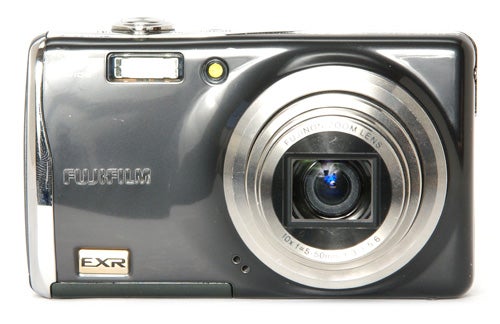
The F70EXR features a new 10-megapixel version of Fujifilm’s innovative SuperCCD EXR sensor, previously seen in its 12MP form in the F200EXR reviewed earlier this year, and in the S200EXR super-zoom which I reviewed last week. The clever part of the EXR sensor technology is its low-light shooting mode, which uses pairs of adjacent photocells and paired RGB filter elements to half the resolution of the sensor while effectively doubling its light sensitivity, greatly reducing image noise and increasing dynamic range in low light situations. It’s a simple and elegant solution to a problem that has dogged high-resolution, small sensor digital cameras since day one.
In all respects apart from its sensor the F70EXR is a fairly typical long-zoom compact camera. Like all of Fuji’s higher-spec models it is solidly made, with an all-aluminium body. It’s on the smaller end of the scale for this type of camera, measuring 99.3 x 58.9 x 22.7mm, making it one of the slimmest camera to feature a 10x zoom lens. It’s quite heavy for its size though, weighing a little over 200g including battery and card. The body shape includes a small raised lip on the right of the front panel which provides some grip, there is a shaped thumb rest area on the back incorporating the mode dial, and the camera is comfortable and secure to hold, although the shiny finish can be a bit slippery especially with damp fingers. It is available in either silver or the gunmetal grey of my review sample, but I did find that the gloss finish chipped and scratched very easily in day-to-day use, as you can see on the pictures below.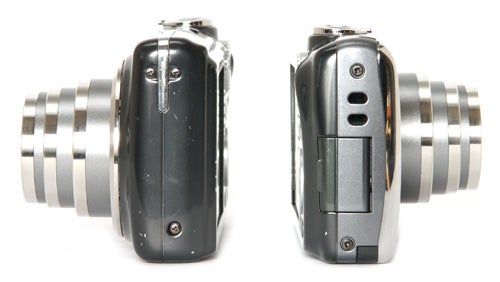
Most long-zoom compacts are fairly simple point-and-shoot cameras, but the F70EXR is somewhat more versatile. The main mode dial offers full auto, program exposure with a side-option of aperture-priority, and full manual exposure. In fact this is a bit limited, since only minimum and maximum aperture can be selected in either mode, although shutter speeds from eight seconds to 1/2000th of a second are available in manual.
The control layout is very simple and straightforward, with four buttons and a D-pad that are large and well spaced out with clear labels. Like all Fuji cameras the F70EXR has two menus, a quick function menu which controls only ISO setting, image size and the film simulation mode, and a main menu which controls everything else. I can’t help but think that this is a wasted opportunity; there are other camera functions that would be more usefully placed on the function menu, such as metering mode or drive mode. The film simulation mode, useful though it is, would be better placed on the main menu. Perhaps a custom menu system like that used by rivals Ricoh would be a better idea.
When EXR mode is selected on the mode dial, the main menu also carries the EXR mode options. There are three settings: HR mode uses all 10 million photocells for the maximum resolution of 3616 x 2712 pixels, but has none of the low light benefits. SN mode reduces the image size to 2592 x 1944, or five megapixels, and limits the ISO setting to a maximum of 1600, but produces much higher quality images at high ISO and in low light. Finally the DR mode also reduces image size, but uses the extra light-capturing ability of the paired photocells to enhance dynamic range. There is also an Auto EXR mode which uses scene recognition to select the appropriate mode.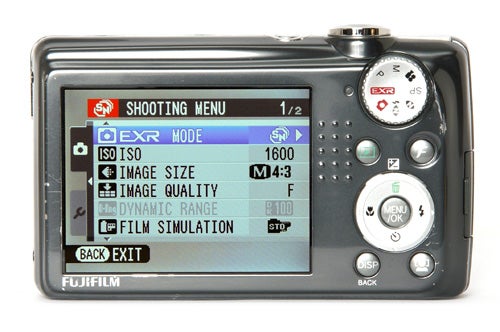
I have to say I’ve been very impressed with the three EXR cameras I’ve tested so far. The technology does live up to Fuji’s claims, and the low-light performance is significantly better than almost anything else on the market, easily out-performing conventional CCD sensors. The only serious rival is the in-camera HDR technology developed separately by Ricoh and Pentax, which yields quite similar results. Some might think that limiting the image size to five megapixels is a step backwards, but it’s big enough for a decent quality A4 print, and when printed at the typical snapshot size of 10 x 15cm the difference between an image from a 5MP camera and one from a 10MP camera is indistiguishable by the unaided human eye. Annoyingly however, if the camera is set back to Program Auto from EXR mode the image size remains at 5MP, even if it had previously been set to 10MP.
One feature lacking but frankly unmissed from the F70EXR’s specification is HD video. It can record video at 640 x 480 and 30fps with mono audio, and the zoom lens can be used while recording if you don’t mind hearing it on the soundtrack. To be honest video recording is a fairly low priority on my list of things I want from a still camera, so it’s not going to lose any points here.
The F70EXR also features Fuji’s new high speed EXR processor, and performs well despite its technical complexity. It starts up in just under three seconds, which is a little on the slow side, although it shuts down again in just under two seconds. In single-shot mode it has a shot-to-shot time of approximately 1.3 seconds, which is nice and quick, however at full resolution it can only keep this up for five shots before slowing down to approximately 2.2 seconds, which is still not too shabby. In EXR mode it can maintain 1.3 seconds. The F70EXR doesn’t have a standard unlimited continuous shooting mode, only a choice of first-three or last-three, shooting at 2fps.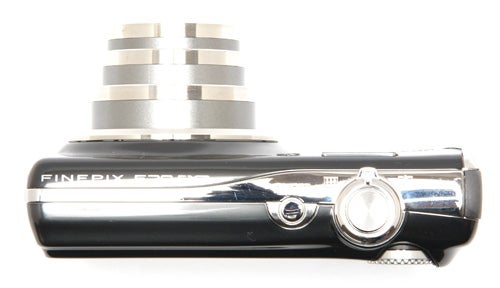
The autofocus system is fast and accurate, and as you might expect from a camera like this it’s generally very good in low light. It has a good bright AF assist lamp which I think may be partially ultraviolet, since it looks even brighter on the monitor than it does to the eye, and seems to work reliably at a range of around five metres, which is much further than seems possible.
The lens is also of extremely high quality. It does suffer from some slight barrel distortion at wide angle, although I’ve seen worse, and the corner-to-corner sharpness is excellent. The overall level of detail recorded at maximum resolution is extremely high right across the image, and is certainly better than many other 10MP cameras I’ve tested.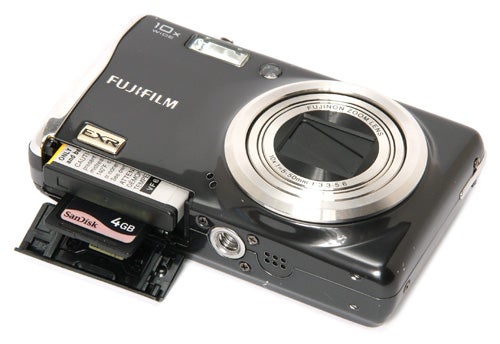
As well as its fancy low-light technology, the F70EXR also has three film simulation modes, which are meant to mimic the tonal balance and appearance of Fuji’s famous film products, Provia, Velvia and Astia. I’m afraid I was always a Kodachrome man myself, so I really can’t say if the simulations appear accurate, but there is a distinct difference between the three settings, and the Velvia setting is excellent for bright, colourful subjects.
The images produced in EXR mode are excellent in spite of their lower resolution. In DR mode the dynamic range is visibly broader than a conventional camera, and especially good on shadow detail. The high ISO results in SN mode are also excellent, with very low noise and excellent colour rendition, producing printable results even at 1600 ISO. All in all an excellent result from a camera that will surely become the new benchmark for low-light, high-ISO performance.
”’Verdict”’
The Fujifilm FinePix F70EXR is a stunningly versatile camera, a pocket-sized superzoom that can take superb pictures in any lighting conditions, and is better in low light than anything else in its class. It is well made, handles well, is easy to use, and even offers some creative manual settings. In a market crowded with near-identical long-zoom compacts the F70 stands out as something a bit special.
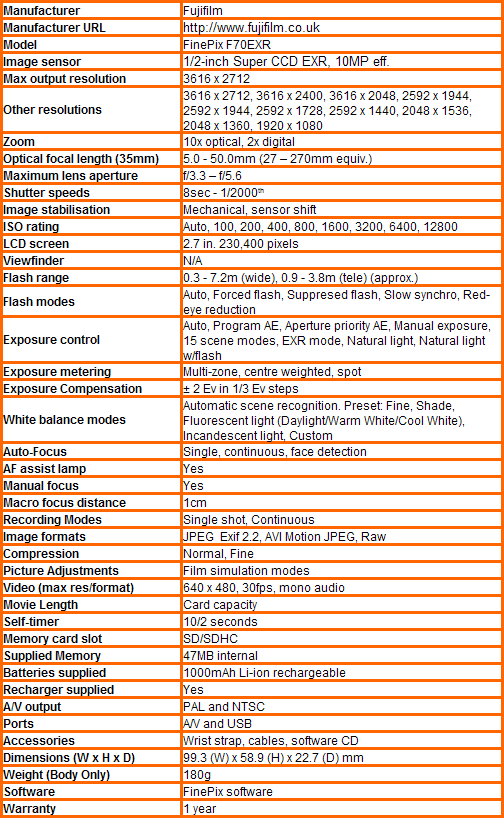
”Over the next few pages we show a range of test shots. On this page the full size image at the minimum and maximum ISO settings have been reduced to let you see the full image, and a series of full resolution crops have taken from original images at a range of ISO settings to show the overall image quality. These pictures were taken indoors using reflected natural light. ”
—-
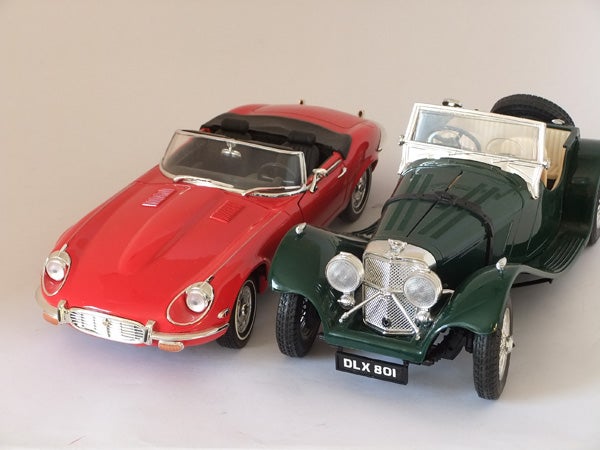
This is the full frame at 100 ISO in EXR SN mode.
—-
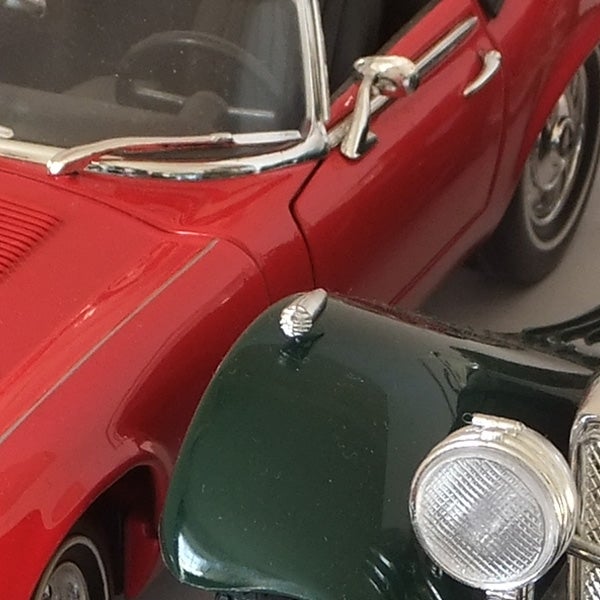
At minimum ISO the image quality is flawless, with not even a hint of noise.
—-
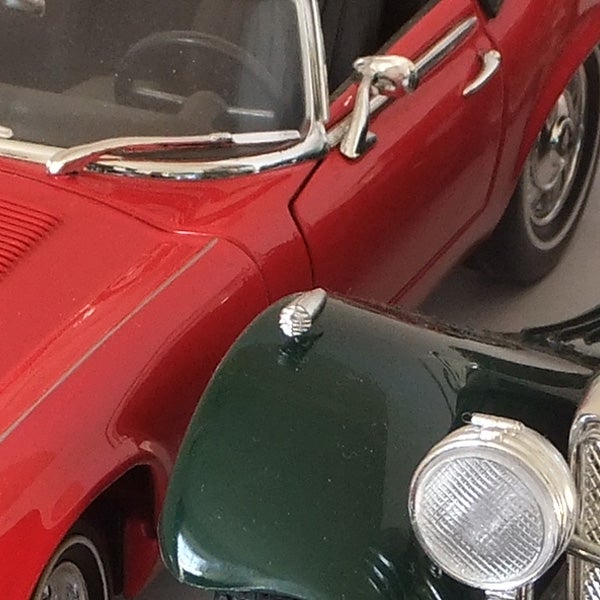
No visible difference at 200 ISO.
—-
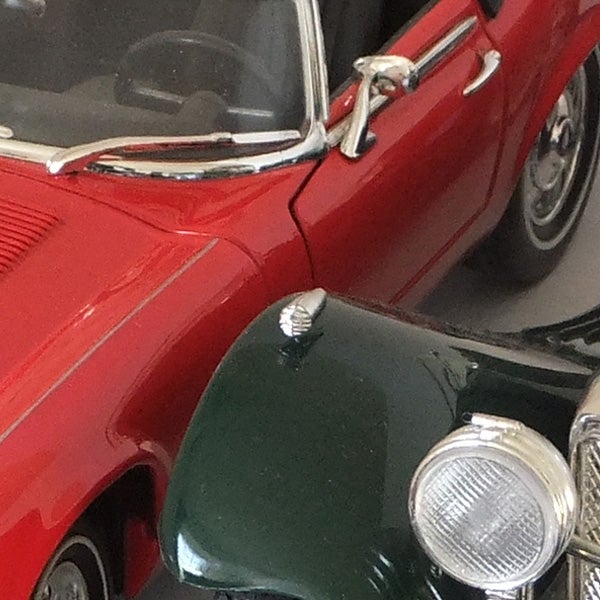
At 400 ISO there is a subtle difference in texture, but it’s hard to pin down. Colour and detail are still perfect.
—-
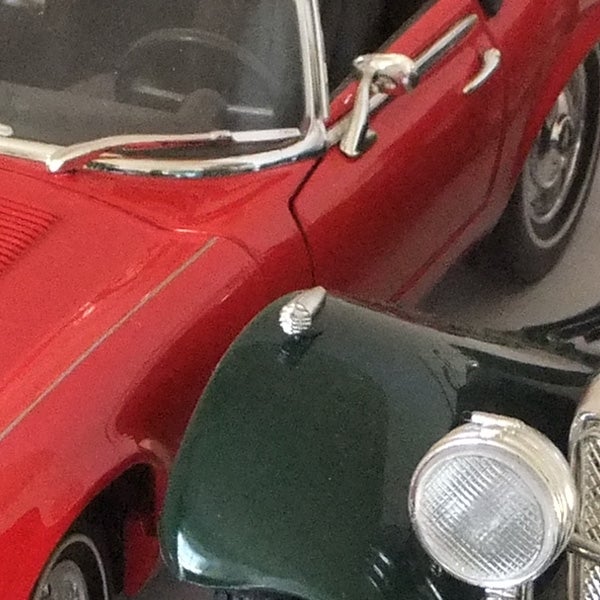
There’s definitely signs of noise reduction at work at 800 ISO, but the results are superb.
—-
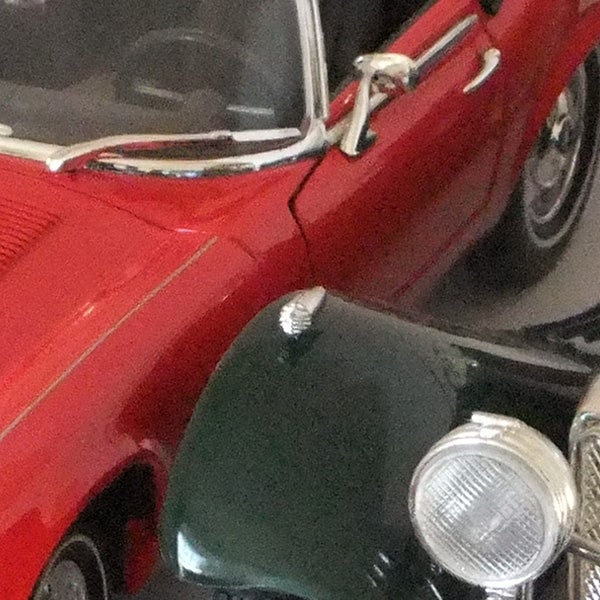
Although some fine detail is lost there is no colour distortion and smooth tone at 1600 ISO.
—-
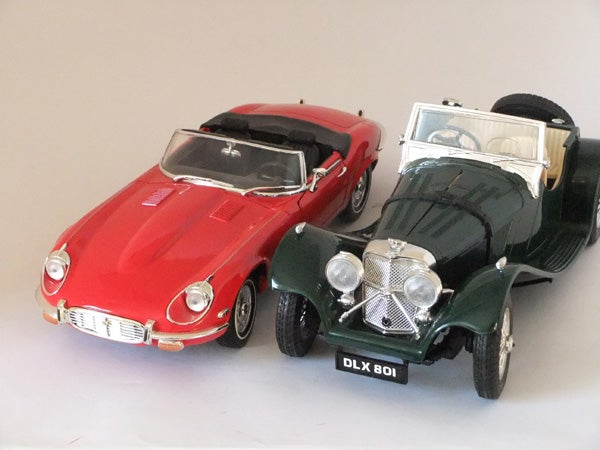
This is the full frame at 1600 ISO.
—-
”A range of general test shots are shown over the next two pages. In some cases, the full size image has been reduced for bandwidth purposes, and a crop taken from the original full resolution image has been placed below it to show the overall image quality. Some other pictures may be clicked to view the original full-size image. ”
—-
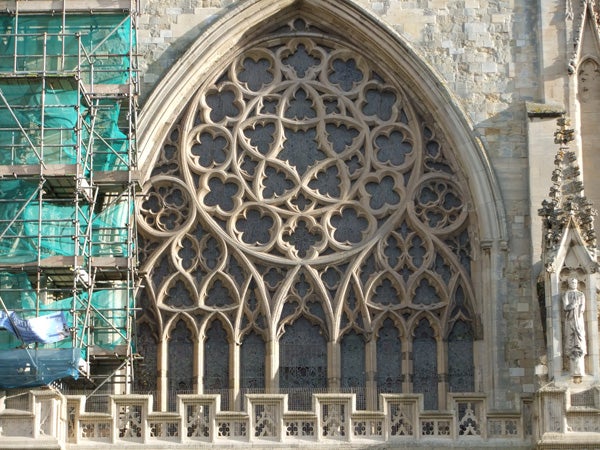
Here’s the usual detail test shot of the West Window of Exeter Cathedral, for you to compare with other cameras. See below for a full res crop, or click to see the whole picture. The downloadable file is approximately 3.9MB.
—-
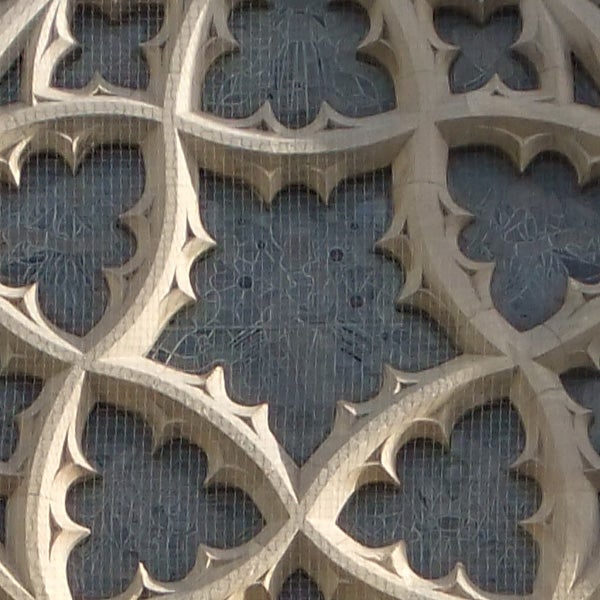
The level of fine detail in full resolution HR mode is as good as any 10MP compact on the market.
—-
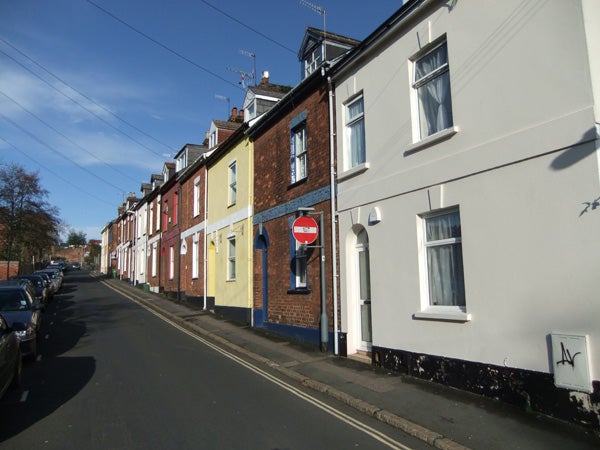
There’s scaffolding up in front of my favourite garden wall this week, so this shot will have to suffice for a lens distortion test.. As you can see there’s very little barrel distortion at the 27mm wide angle end.
—-
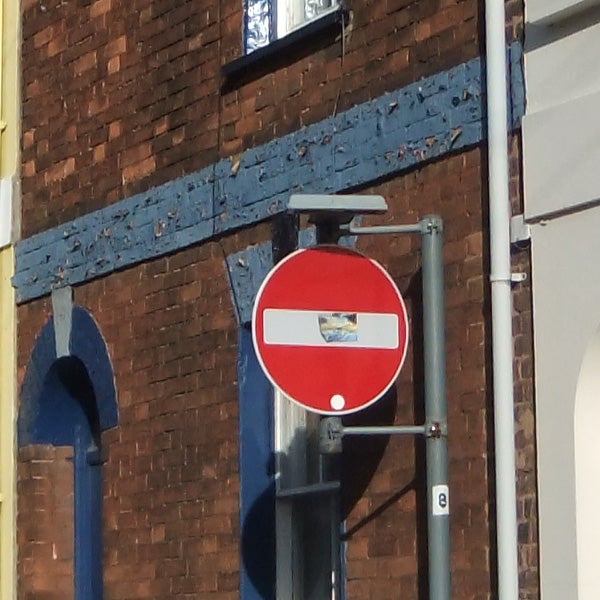
Centre sharpness is excellent.
—-
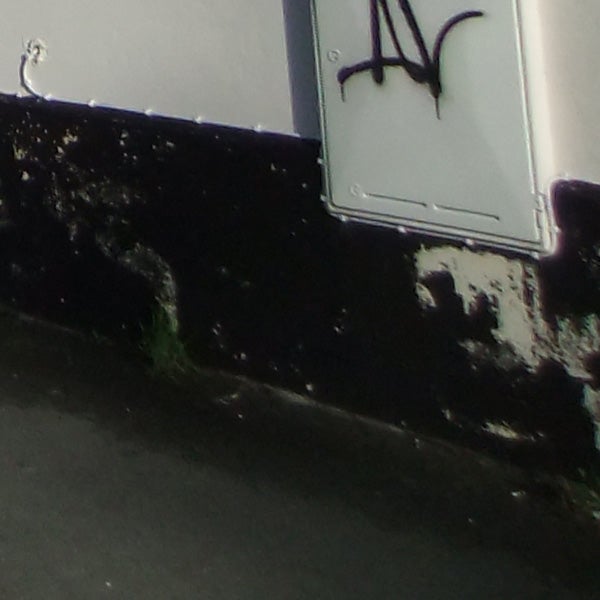
Corner sharpness is also very good, with no chromatic aberration to speak of.
—-
”Here are some general test shots to help evaluate the camera’s overall image quality, including dynamic range, colour rendition and the zoom range of the lens. Some pictures may be clicked to download the full size original image. ”
—-
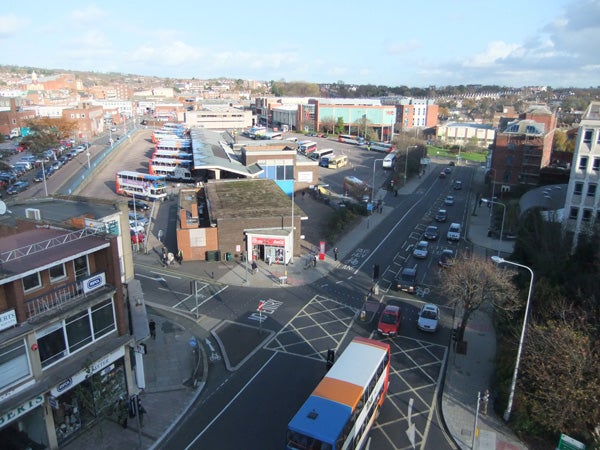
Ah, Exeter’s majestic bus station. The 27mm wide angle captures it in all its early 70s glory. I wonder how much longer I can continue taking this shot before I’m arrested under the Prevention of Terrorism act?
—-
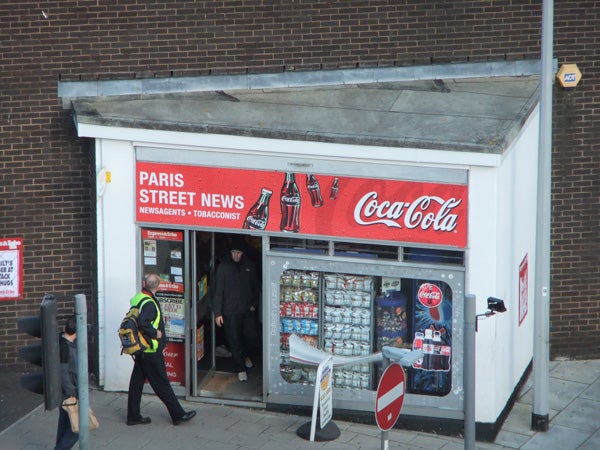
Highly suspicious behaviour if you ask me. The compact 270mm telephoto is ideal for covert surveillance.
—-

The EXR DR mode helps lighten the shadows and deepen the colours in this Velvia simulation shot.
—-
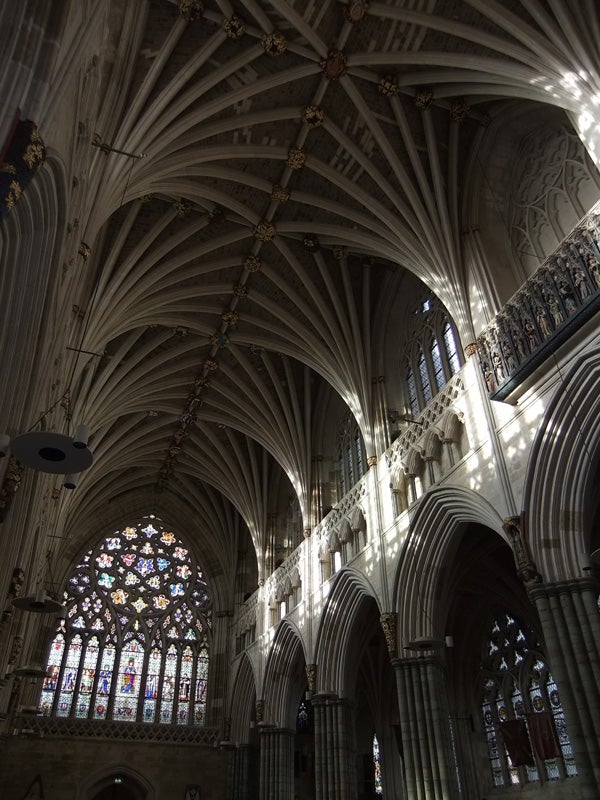
This was shot in standard Program Auto mode.
—-
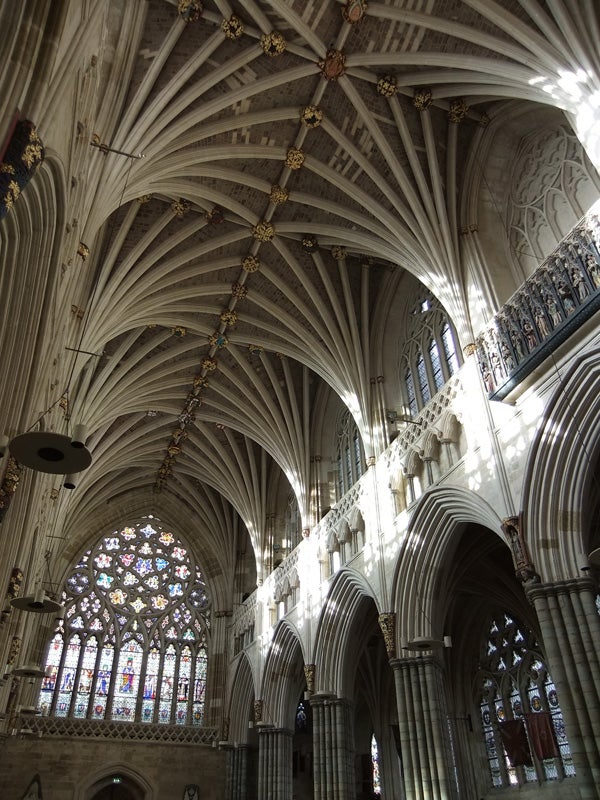
The same shot in EXR DR mode captures far more shadow detail.
—-
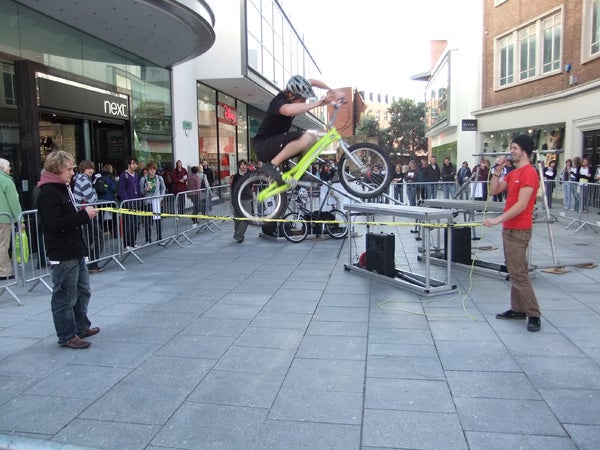
The autofocus is fast, and shutter lag low enough to capture fast-moving action.
—-
Trusted Score
Score in detail
-
Value 8
-
Image Quality 10
-
Build Quality 9
Features
| Camera type | Digital Compact |
| Megapixels (Megapixel) | 10 Megapixel |
| Optical Zoom (Times) | 10x |
| Image Sensor | CCD |
| Image Stabilisation | Optical, Electronic |
| LCD Monitor | 2.7 in |
| Flash modes | Auto Flash, Flash OFF, Flash ON, Red-eye Reduction |
| Video (max res/format) | 640 x 480 |
| Memory card slot | Secure Digital (SD) Card, Secure Digital High Capacity (SDHC) Card |

